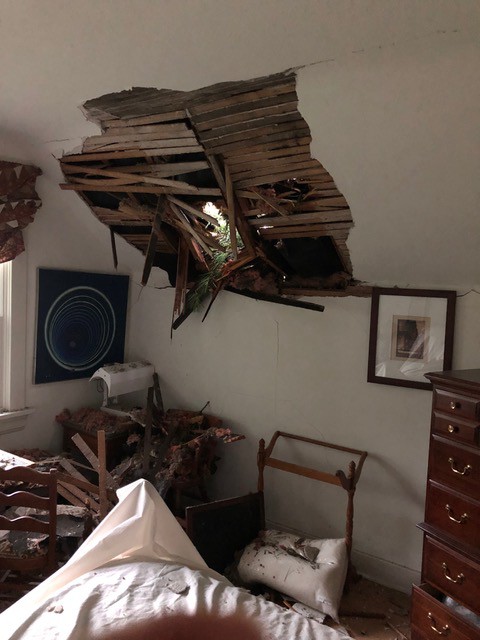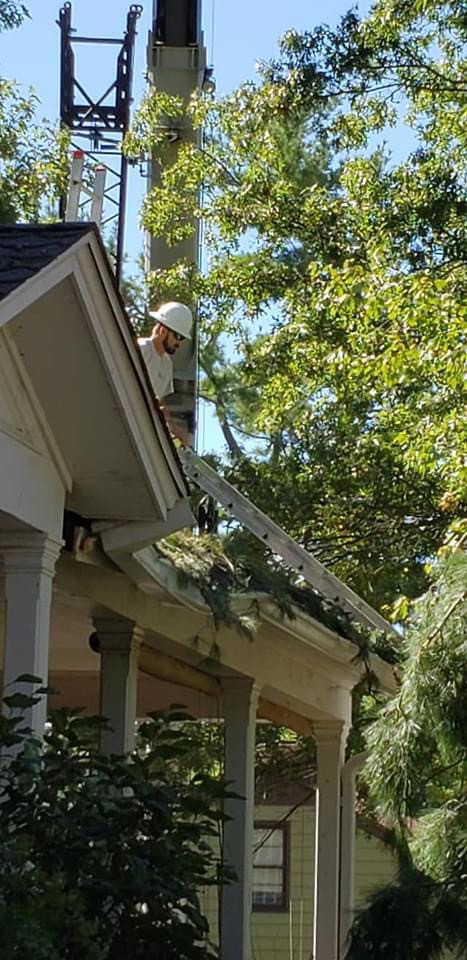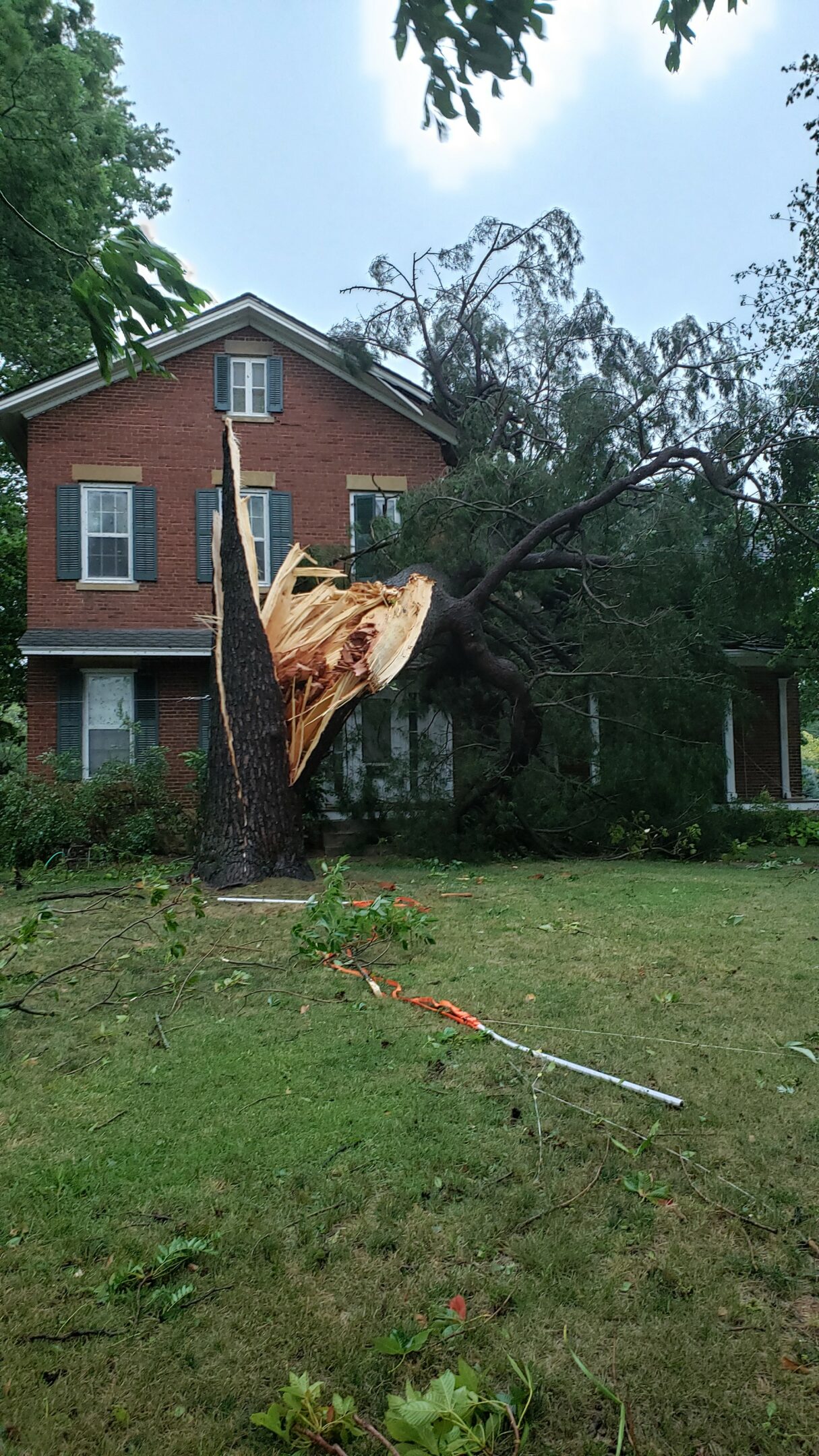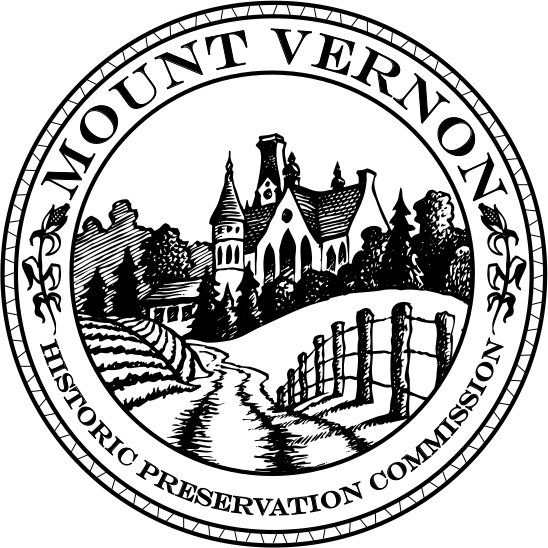Mount Vernon Historic Preservation Commission Historic District News – Fall 2021
Mount Vernon’s Historic Preservation Commission
The MVHPC meets monthly, generally the first Saturday of each month at 9:15 am. If needed, a meeting is held the second Wednesday of the month at 5:30 pm. Meetings are open to the public.
For the past year, the Commission has been meeting virtually. We will eventually be meeting in a hybrid format with some individuals at the Visitors Center and others attending virtually over Zoom. Meeting format will be announced and a link to attend via Zoom will be available via the Commission’s agenda that is published the day before meetings on the City’s website in the Historic Preservation Commission’s listing under Boards and Commissions.
Historic Preservation Commissioners are citizens of Mount Vernon with an interest in historic preservation; several have specialized expertise in architecture, art, construction, or preservation. Current Commissioners are:
Sue Astley, Chair, Janet Budak, Guy Booth, Grace Chamberlain Rowray, Duane Eash, Mary Evans, Susan Hargus, Donnie Moore, Leah Rogers, Ed Sauter, Wade Squiers
The Mount Vernon Historic Preservation Commission (MVHPC) exists to identify, interpret, and protect the historic and archaeological resources of our community and to encourage historic tourism. We have a special role in Mount Vernon’s 3 Historic Districts (Ash Park, Cornell College, and Commercial), but we serve and are open to the whole community.
People purchase homes in the Ash Park and Cornell College Districts and shoppers come to our Commercial District because these areas have historic charm. The MVHPC seeks to maintain the character of Mount Vernon’s Historic Districts in our work with building owners.
Our special role in Historic Districts involves reviewing plans for construction projects affecting a structure’s exterior appearance (except for paint) and the addition or modification of structures such as fences and outbuildings on lots in the historic districts.
Steps in obtaining approval for a building project in a Historic District:
- Apply to Mount Vernon or Linn County for a building permit. Instructions on how to submit or whether to submit to Mount Vernon or Linn County are on the city web page under “Permits and Forms.” The permit application is forwarded to the MVHPC. The MVHPC is generally able to review COA applications within 10-14 days.
- Owners in a historic district need to complete the application for a Certificate of Appropriateness (COA), also in the Permits and Forms section of the City Web page.
- Owners are notified of and invited to the review meeting to answer questions, or they may send their contractor. The Commission rarely denies an application, but we sometimes recommend different materials or design choices.
In addition to conducting design reviews, the MVHPC offers community education programs, nominates for the National Register of Historic Places, maintains an archive and website on Mount Vernon’s structures and history, co-sponsors a self-guided walking tour of the historic districts and works with the Community Development Group and Mount Vernon Housing Commission on issues of joint interest. Following the derecho, then-Chair Leah Rogers assisted residents in the Historic Districts in finding resources.
We currently have one opening. Application forms are available on the City Website.
Relevant websites:
MVHPC.org www.cityofmountvernon-ia.gov
Historic Preservation Commission Community Education Forums
Sessions will be held in the Community Room of the Lester Buresh Family Community Wellness Center at 9:30 AM.
Sept. 11 – Houses That Moved. This program reveals the stories of three buildings: Rood House, the Whitley House, and the Visitors Center.
Oct. 9 – Brick Houses Everywhere! Why does Mt. Vernon have so many and who designed them? Included will be a photo tour of the 1856 Waln house and family sharings.
Derecho 2020
On August 10 of 2020 Mount Vernon experienced an event we will never forget – a derecho with wind gusts exceeding 140 mph that drove rain sideways. Though any damage to one’s home is distressing, owners of historic homes may have a special challenge retaining and restoring their homes with appropriate details, materials and techniques.
Gretchen and Rob Sutherland, 906 Summit Avenue, Cornell College Historic District
The explosion we heard and felt from overhead shook both us and our very solid and sturdy historic 107-year-old craftsman bungalow on August 10, 2020. We were in shock. I walked to our back porch and rain came down on my head. When I realized that another story was above me, I called to Rob who wandered outside, surveying fatal damage to eight tall trees on our property. The top half of one of our six 60-foot-tall pines had been twisted off, lifted and turned top first like a torpedo crashing through our new roof, shattering rafters, plastered ceiling, and walls. It remained there dripping sap on the maple floors of the upstairs back bedroom. Firemen arrived and took a look at the room. They warned us not to go upstairs but we were allowed to live in our home. For six days, a tarp covered the tree and the shattered roof. We finally had our contractor, Paul Konkowski, bring equipment to lift the tree out of the hole so an adequate and secure tarp could cover the damage. A second contractor group Kevin Stensland, Joan Keuning and Leif Stensland put up scaffolding. They repaired and replaced the roof, the wide craftsman overhang. With the assist of Joan and Leif, Kevin expertly designed and built new brackets repairing all the damages to the house outside before winter brought snow and ice. Over the course of the year, the interior damage waited for repairs which were completed by this expert group in late June. Then our interior painter, Ken Pospisil, went from room to room repairing cracked plaster and derecho damages in seven rooms. That first explosion shaking the entire house from its sturdy, massive foundations required an expert repair. Today, we are still re-landscaping this property, once completely shaded with pines, maples, sycamore and basswood. Now, we have sunshine through many of our large windows and sunshine producing tomatoes and zucchini as well as roses. We miss our trees but we are thankful for this old house.
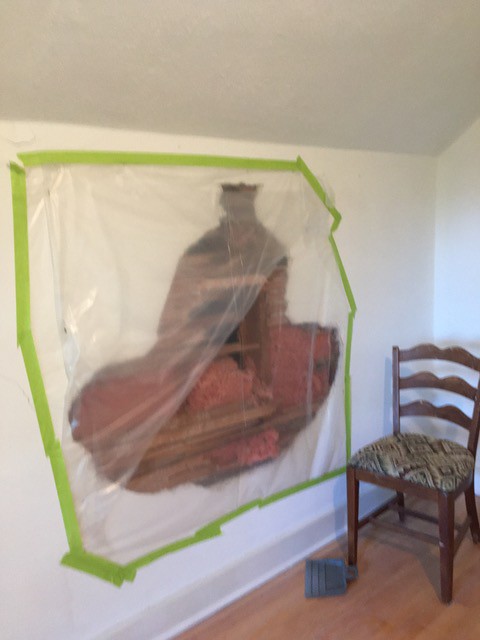
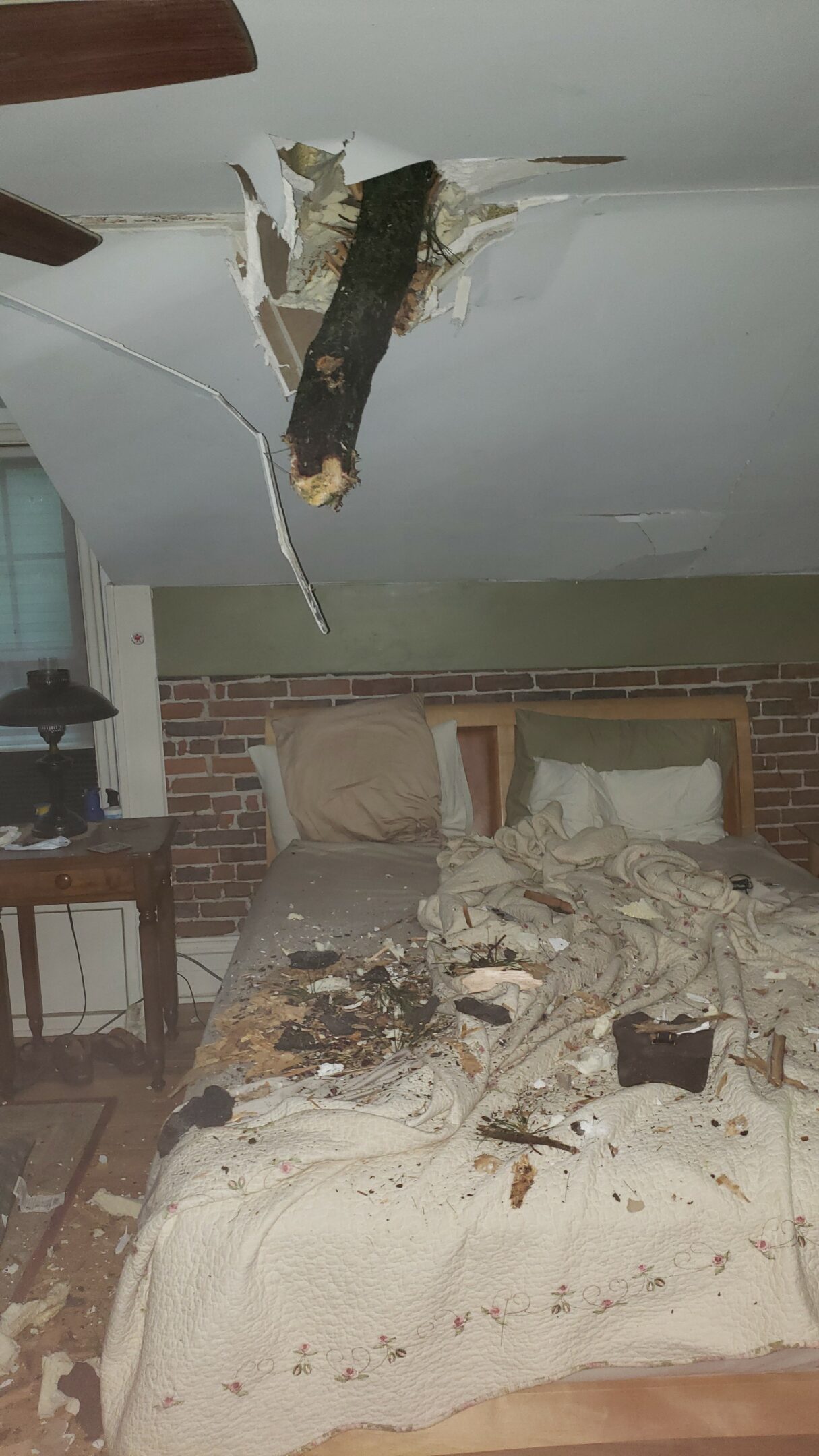
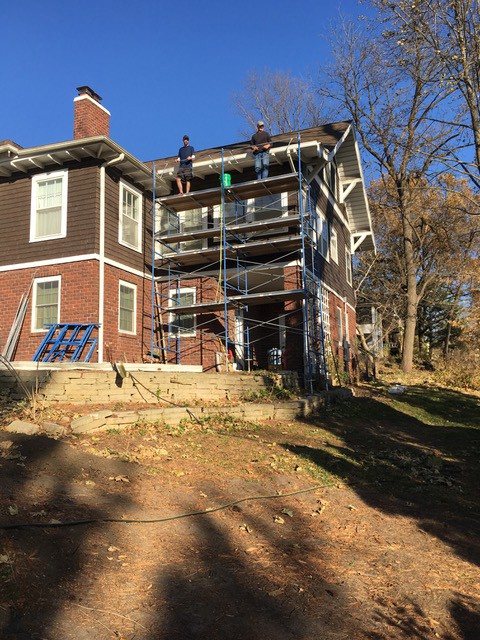
702 8th Ave, Steve and Susan Maurice, Cornell College Historic District
This home was built by Reuben Ash in 1863. Ash was a very early settler in Linn County and Mount Vernon who originally built a log cabin here in 1854. Ash was a farmer who donated one portion of land for Cornell College and another was platted into a residential neighborhood that now includes the Ash Park Historic District. This very historic house suffered grievous damage from the storm.
During the derecho the large tree in front of the home was sheared off and landed on the roof. Mount Vernon’s Fire Chief and the Linn County Fire Marshall noted no gas leaks nor risk of shock from the damage. However, serious concerns about the long-term health of the home were raised when a structural engineer found damage to the brick structure that went all the way to the foundation. With such damage, there was a real risk that the home might be declared uninhabitable.
Because of the extent of damage to this extremely valuable community structure, then-Chair Leah Rogers of the MVHPC helped commission a review by preservation architect Doug Steinmetz. Mr Steinmetz reviewed and documented the damage and made suggestions about how repairs and restoration could be done to preserve the home’s historic character.
Three separate claims adjusters from the insurance company came to examine the home, and each found more structural damage. Apparently the house was continuing settle over time since the derecho and had not yet found its final settling point. Finally, the insurance company sent a third-party structural engineer who found additional brick damage on the gabled ends of the house. Information from the structural engineers provided enough information that the brick mason was able to address the damage and the house was cleared for occupancy.
The pictures below show tree removal using a 100 ton crane and damage to the home.
